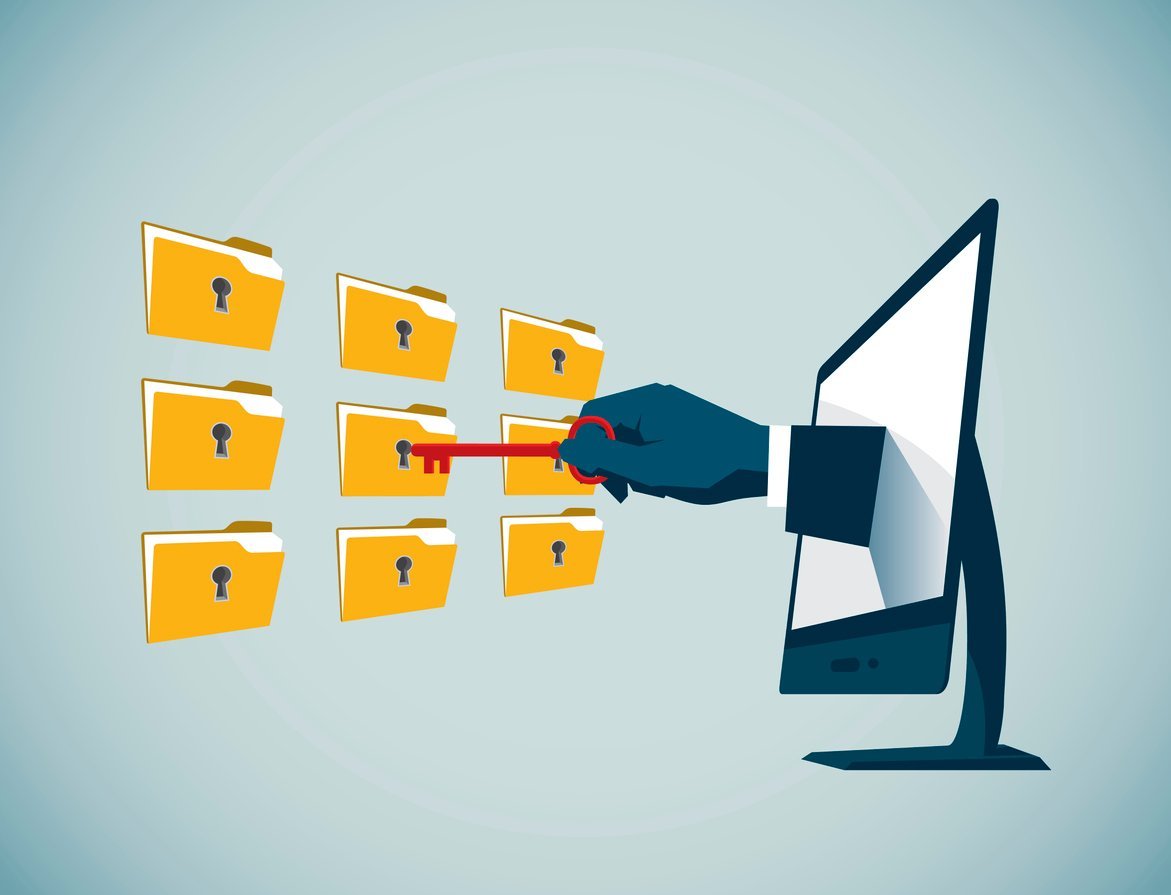 Law firms really are under constant pressure to meet tight deadlines, maintain client confidentiality and protect privileged communications.
Law firms really are under constant pressure to meet tight deadlines, maintain client confidentiality and protect privileged communications.
And like most aspects of life with technology so deeply intertwined, the same tools that make work possible can also be significant sources of risk.
Consider something as basic as email; likely the most commonly used tool in the profession.
Despite advances in email filtering and encryption, the leading cause of email-related security incidents isn’t a lack of tech—it’s human error. Legal experts agree email cybersecurity and phishing remain one of the top threats to law firms of all sizes.
Client trust and attorney-client privilege are on the line, and one accidental disclosure could be all it takes to lose both. Unfortunately, legacy tools and static policies can’t keep up with the complexity and speed of modern legal practice.
That’s where human risk management (HRM) platforms come in.
Read on to explore the biggest email cybersecurity challenges facing today’s legal organizations. Learn how a cohesive approach to addressing human risk can mean the difference between data (and clients) lost and a legal practice kept on firm footing.
Challenge 1: Professional Ethics and Data Protection: Why Traditional Controls Aren’t Cutting It
Legal organizations operate under some of the strictest confidentiality and privilege requirements in any profession. These firms handle highly sensitive client information and are bound by attorney-client privilege, work product doctrine and evolving state bar ethics rules around technology competence.
The challenge? Most of today’s compliance strategies are still too focused on systems and not enough on people.
Let’s take accidentally sending privileged case materials to opposing counsel or third parties (“inadvertent disclosure”) as an example. We’ve removed any identifying details, but this is a real story:
A lawyer believed she had emailed an attachment containing highly-sensitive medical information to one of her clients. However, she’d misdirected her email to the wrong recipient.
When the intended recipient followed up with a reminder, the lawyer realized her mistake. At this point, she panicked and lied to the client to try and buy time to rectify the mistake.
She tried (unsuccessfully) to recall the email and get the recipient to delete the message.
Unfortunately, she ended up receiving a six-month suspension from her job and had to pay a $7,000 fine.
This goes to show how serious a simple mistake can be – and how in the heat of the moment, people can panic and make things worse.
Meanwhile, many firms are still relying on static data loss prevention (DLP) rules and legacy compliance checklists that were built for slower, paper-based workflows. These tools often miss the nuanced, real-world behaviors that create ethical risk, such as a busy associate accidentally sending sensitive client information to someone it was not meant for.
Challenge 2: Client Confidentiality and Trust: The Hidden Cost of Email Mistakes
Client relationships are built on an unshakeable foundation: the promise that sensitive information will remain confidential. Whether its merger documents, criminal case files or personal injury settlements, clients trust their attorneys to protect what matters most.
But email mistakes can shatter that trust in seconds. A misdirected message containing case strategy. An accidental “reply all” that exposes settlement terms. A phishing attack that compromises client communications. Just one of these could result in relationship-ending breaches that can destroy decades of reputation building.
The stakes couldn’t be higher. Research shows that nearly 40% of clients say they would fire or consider firing a firm that experienced a breach, and 37% said they would tell others about their experience to warn them. And in today’s competitive legal market, where client acquisition costs continue to rise, losing established relationships due to preventable email mistakes is a luxury no firm can afford.
Yet many firms are still operating with email practices that put client relationships at risk every day. Partners forward sensitive documents without checking recipients. Associates work from personal devices with inadequate security. Support staff handle privileged communications without understanding the implications of a simple mistake.
The result? A growing gap between client expectations for data security and the reality of how most legal organizations handle email communications.
Challenge 3: Insider Risk and Information Barriers: Why Static Controls Can’t Keep Up
Insider threats in legal organizations are not limited to malicious actors. Mistakes will happen.
Often well-meaning employees operating in complex environments without clear boundaries are the cause. As modern legal teams rely on real-time communication tools like chat, video conferencing and email, often across hybrid or distributed workforces, the challenge of managing insider risk is only getting harder.
Law firms are under strict obligations to maintain information barriers, or “ethical walls,” between matters that could have conflicting interests. These walls are critical for avoiding conflicts of interest, inadvertent disclosure and other forms of professional misconduct. State bar associations require these controls. And when things go wrong, sanctions can include suspension or disbarment.
The problem? Traditional rules-based DLP tools aren’t designed for this kind of dynamic legal environment. Static policies may block obvious red flags, but they struggle to detect nuanced risks across fast-moving, informal communication channels. And they often overcorrect, impeding legitimate case collaboration and slowing down teams trying to meet tight deadlines.
Challenge Accepted: How HRM Platforms Help Law Firms Succeed
When human error is the root cause of most breaches, legacy tools that focus only on infrastructure fall short. HRM platforms offer a smarter approach: one that proactively prevents mistakes, automates security and delivers real transparency.
HRM platforms are built to prevent data leaks before they happen, without getting in the way of responsive legal service.
They continuously monitor for risky behavior, such as attaching confidential case files to emails or replying to suspicious domains. Confidentiality policies are enforced automatically, not manually, so attorneys don’t have to jump through hoops just to serve their clients effectively.
And when something doesn’t look right—say, a file going to a previously unknown recipient—the platform prompts the sender with a smart, just-in-time warning. It’s like having a real-time safety net that doesn’t slow you down.
By addressing professional ethics compliance, preserving client trust, and managing insider risk before problems arise, legal organizations can reduce violations, stay agile and protect what matters most. The result? Fewer breaches, fewer sanctions and a stronger, more resilient practice built for today’s challenges.
Adopting a smarter approach to client data protection delivers a powerful mix of outcomes:
- Maintain rapid client response times without compromising on confidentiality
- Eliminate workflow bottlenecks that frustrate attorneys and delay critical case work
- Enhance client retention by protecting sensitive information behind the scenes before issues arise
- Build a competitive edge by showing clients and regulators that you can be both secure and responsive
In modern legal practice, trust may still be earned by legal expertise, but it’s reinforced through every secure interaction. With the right email security and HRM tools in place, legal firms can confidently protect both their data and their most valuable client relationships.



